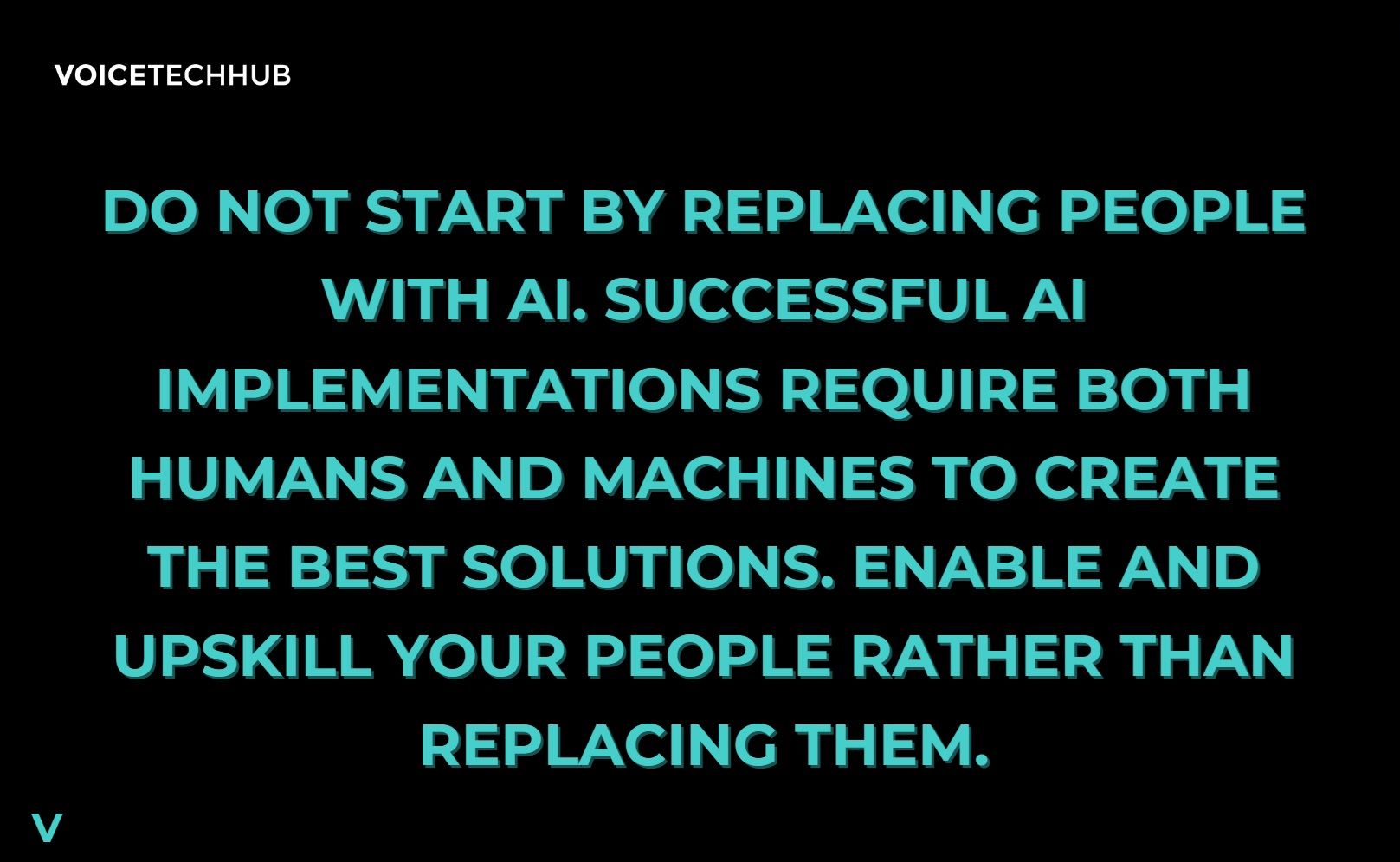Generative AI: It's More Than Just Implementing Tools
Optimizing Business Performance: Effective AI Strategy Implementation for Companies
Shall companies take Microsoft Copilot or develop our own Generative AI use cases? We often hear these questions.
There are three ways company adhere when it comes to Generative AI strategy and exploration. We want to share these learnings with you.
Strategy 1: Provide Tools to Enable the Use and AI Upskilling of Employees
We see many companies adopting Microsoft Copilot and other AI tools for various productivity tasks. Microsoft Copilot offers intelligent features such as automatically updating Excel columns with additional information, writing emails, and summarizing emails when you return from holidays. Also you can switch from a "work mode" to a "web mode" that enables the Copilot version to search in the internet via bing (e.g. to competitive analysis). This enables the company to use own internal documents as data base to retrieve accurate informations as well as "outside the company" data.
The major drawback of implementing these tools is that companies often overlook the underlying
business goals they aim to achieve, and instead focus solely on the tools ("which are expected to magically solve all issues they have"). Generative Ai is about "us" meaning "human and machines, not: humans or machine". This means we need business and technical experts working together to achieve the best AI implementations and results. Do not make the mistake to exclude employees, stakeholders or even fire people due to "Automation Reasons of Generative AI" because you will need exactly these people to build, maintain and create innovative AI Business models and transform your company to an AI-driven company.
We
support you with guidance when it comes to Generative AI challenges. Meet the Voicetechhub team today.

Strategy 2: Experiment with own GAI Use Cases for Micro-Optimizations
Many companies have already started to experiment with generative AI use cases across various departments. This experimentation enables them to learn and identify the feasibility, risks, and potential of specific use cases. However, it's crucial to first assess your needs and business requirements before implementing any tools in an ad-hoc manner. To this end, it makes sense to develop an overarching use case canvas and create a value-effort matrix for each case, including ROI and feasibility data.
If you don't have this data yet, conduct thorough research, involve AI expert companies, and run agile enablement sprints of two weeks to test- let’s say a tool or question you have. Based on your use cases and the north star vision you aim to achieve, you can formulate an AI vision. Since the AI strategy needs to align with the company’s overarching vision and OKRs, it is crucial to work collaboratively to align the AI vision with your company goals.
Once you have your vision in place, the next step is translating these learnings and requirements into actionable AI directives for data scientists and the Ai teams. Adopting this approach helps you to have a guidance.
For example, Microsoft Copilot is effective at addressing a wide range of use cases and can therefore be beneficial. Most companies implement Copilot as part of their AI Strategy to enable workforce tasks to be done in a more efficient way. We experienced Copilot to be sometimes very generic and thus not solving specific client needs. Additionally, you may not want to expose all your data to Microsoft, which happens as soon as you activate Microsoft Copilot Pro for your company. This is especially critical for insurance companies and banks where CID and personally identifiable information must be masked before being shared with third parties, potentially leading to risks. Microsoft Copilot is certainly a valuable AI workspace tool that enhances productivity in daily tasks across your company, however again, do not start with the tool in mind but with the problem you want to solve. Microsoft Copilot will not solve all issues. You need to know what issues you want to solve first.
Strategy 3: Innovate with Generative AI
The more mature companies are with the use and knowledge about AI, the more they start exploring innovative new ways of building new business models and products. We have seen exciting new ideas coming up through our Generative Ai workshops and consulting of companies that have potential to disrupt industries. Use new onboarded people, interns and interested business person from your departments to come up with great new ideas in hackathons or Gen. AI events. You will receive interesting new ideas and use cases.
However, it is crucial to first consider the specific pain points you need to address for your industry and clients before implementing any AI tools.
Need support with your Generative AI Strategy and Implementation?
🚀 AI Strategy, business and tech support
🚀 ChatGPT, Generative AI & Conversational AI (Chatbot)
🚀 Support with AI product development
🚀 AI Tools and Automation















